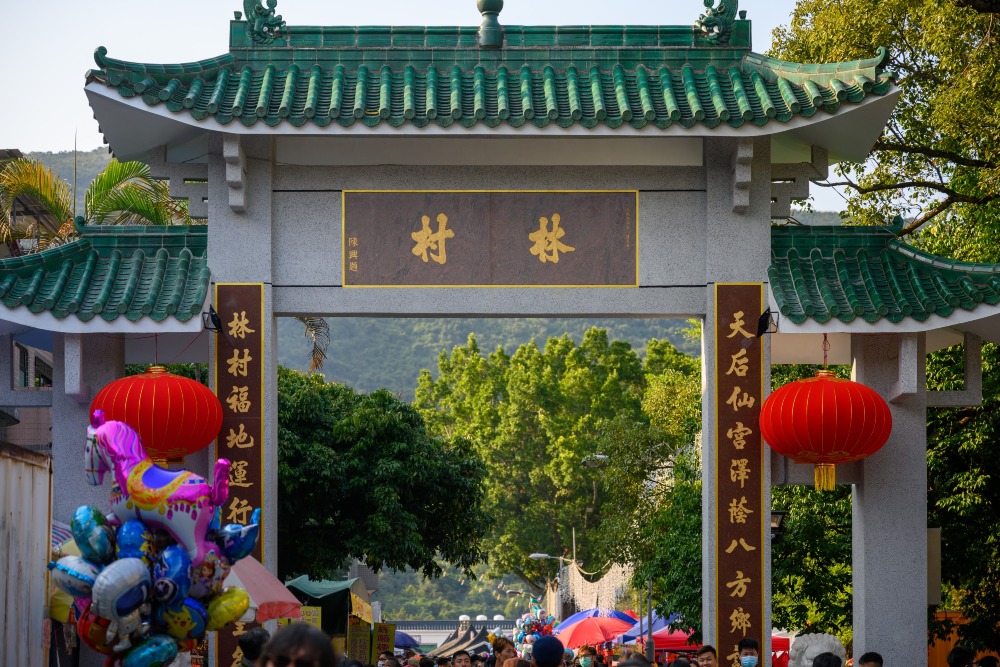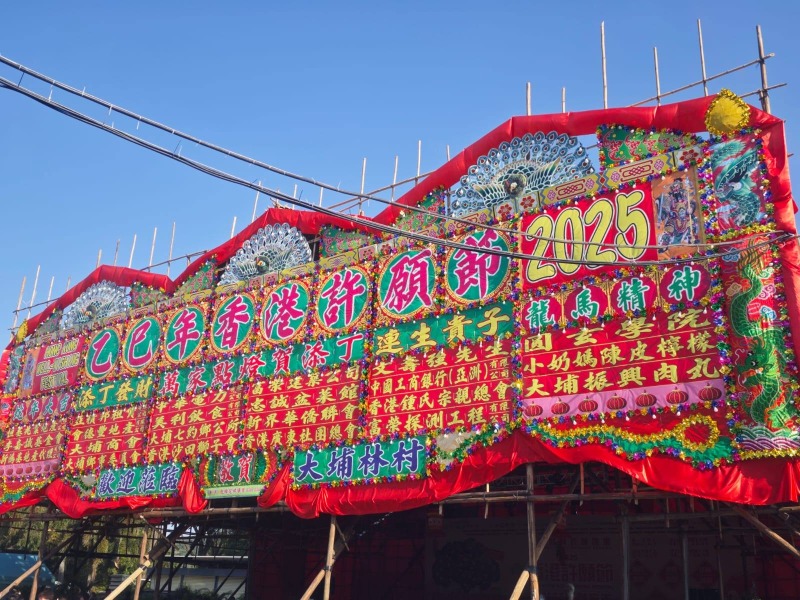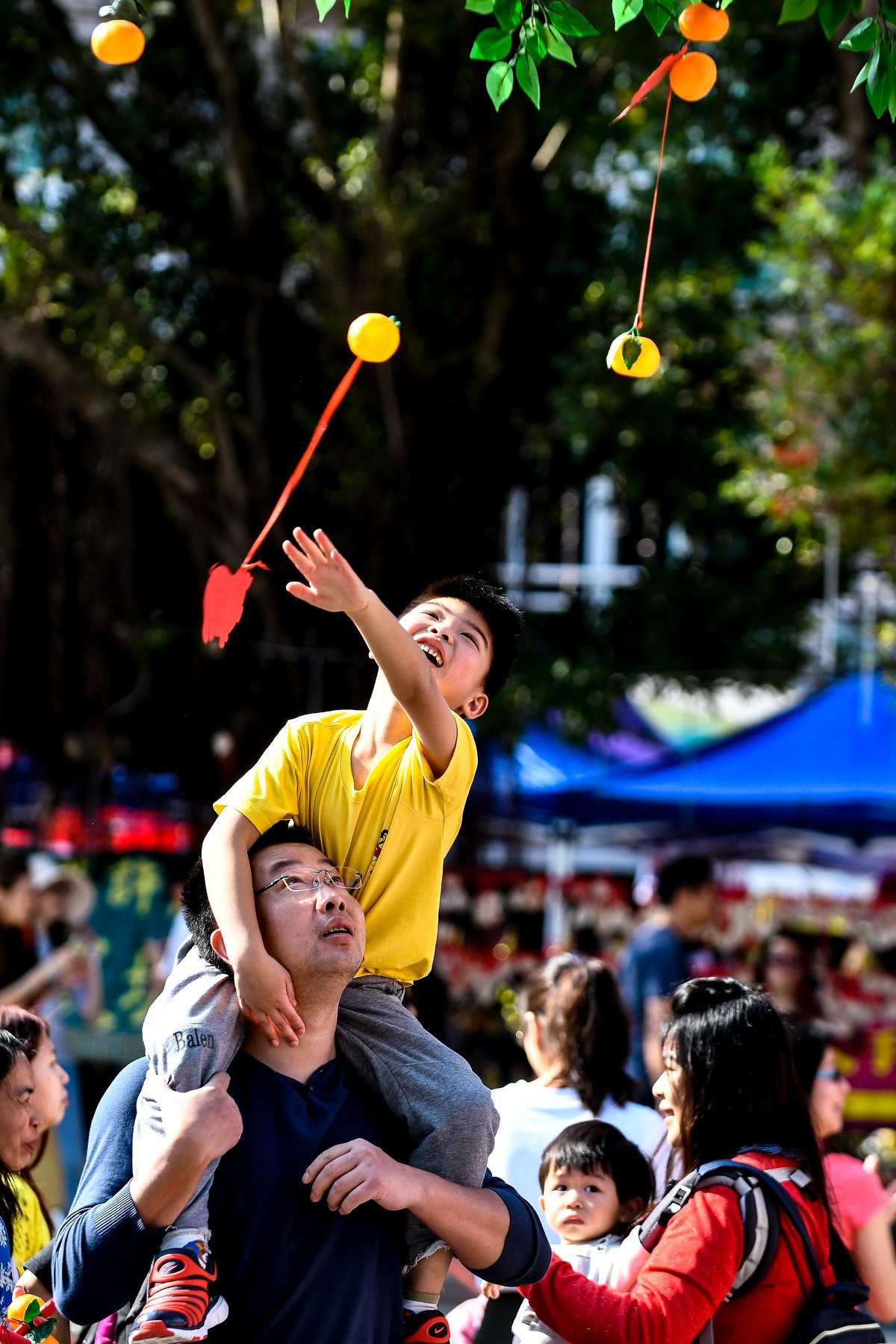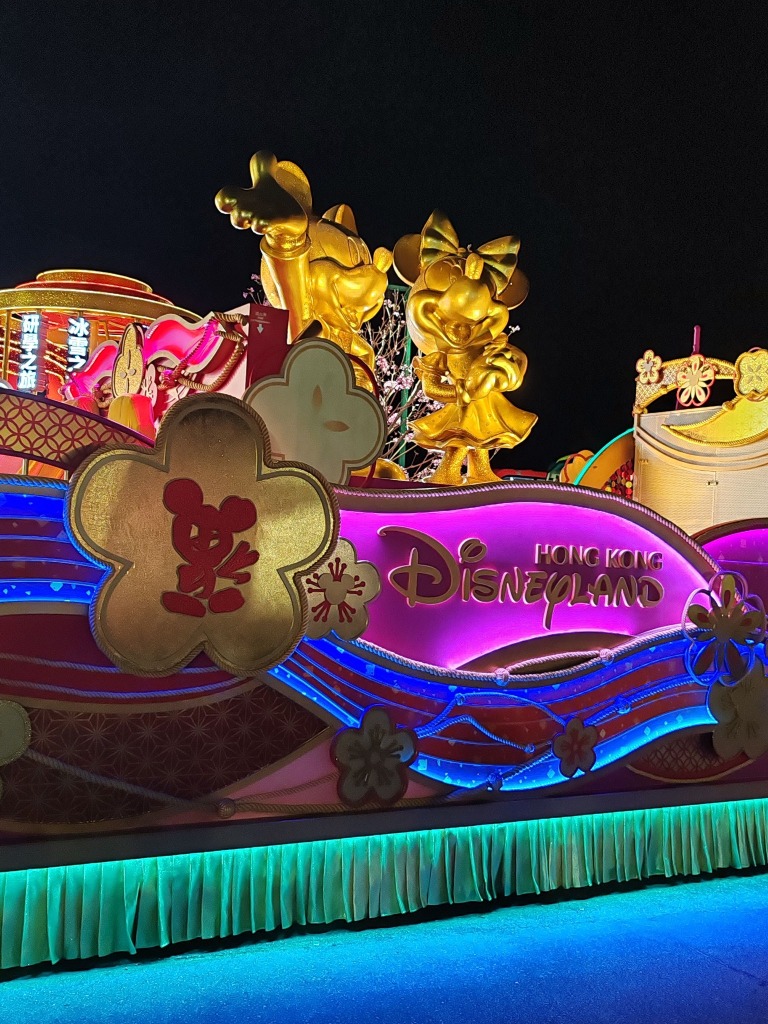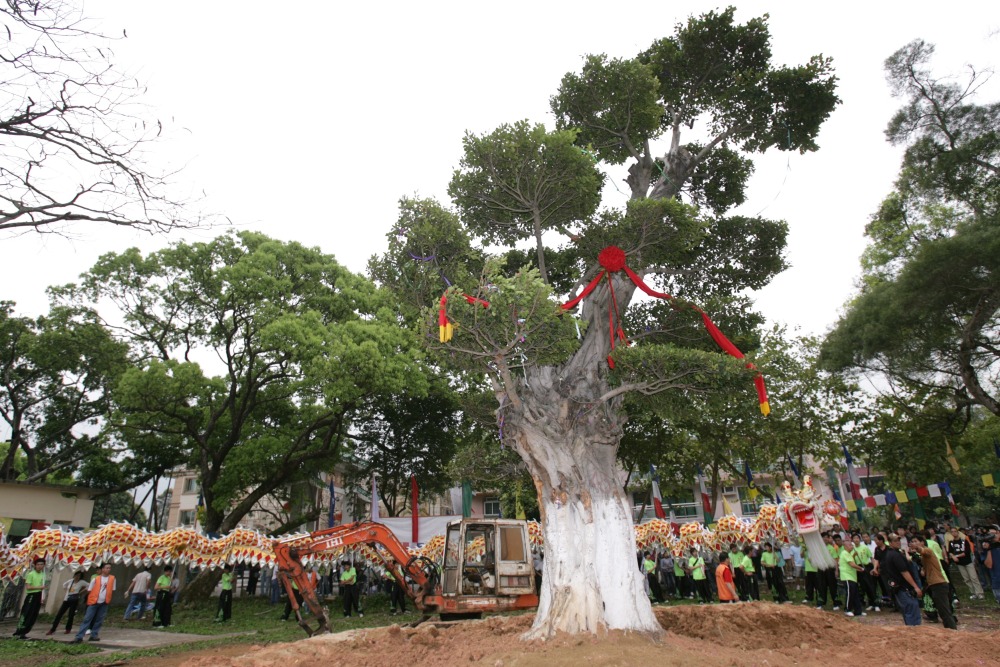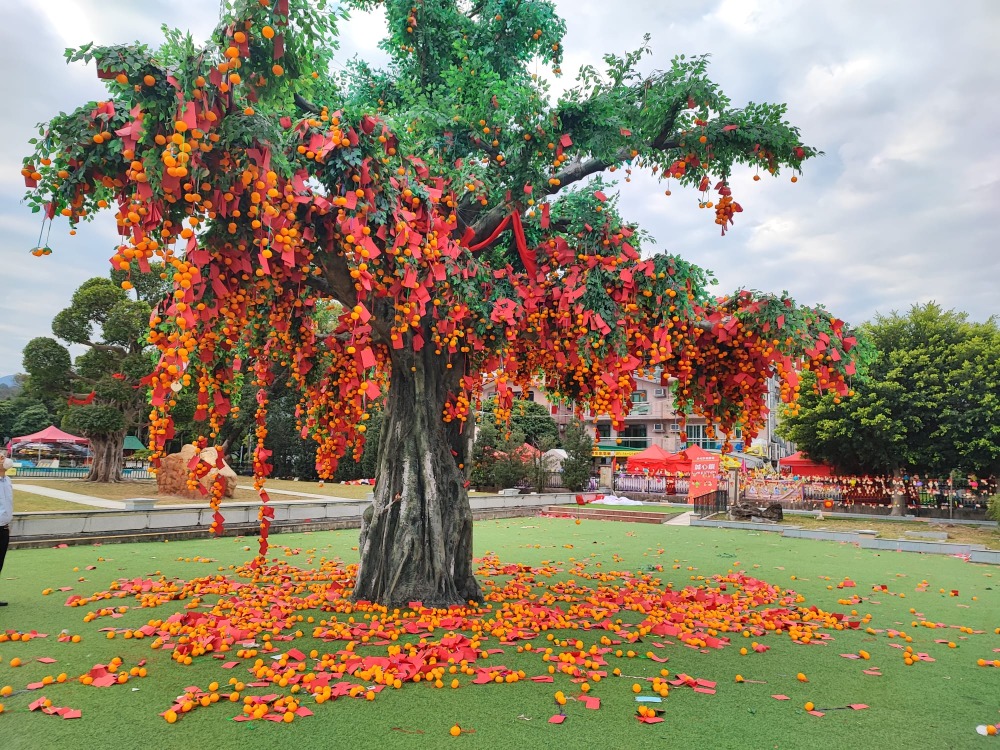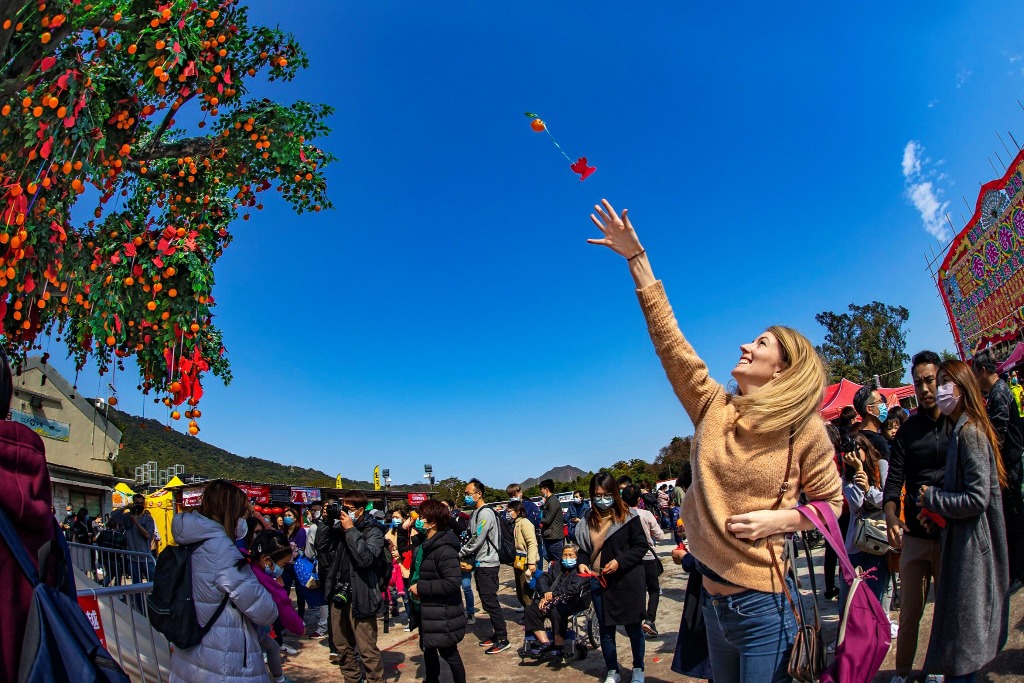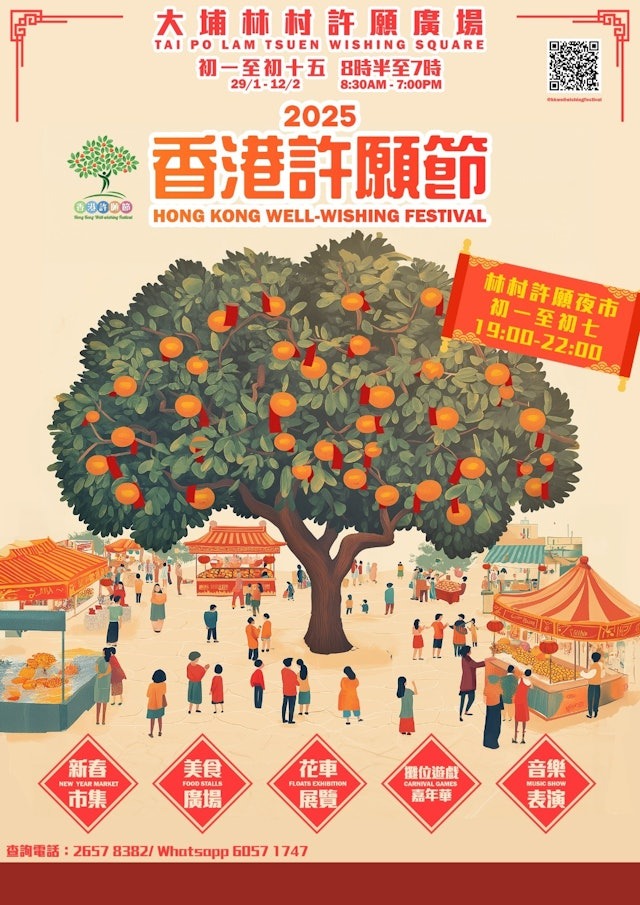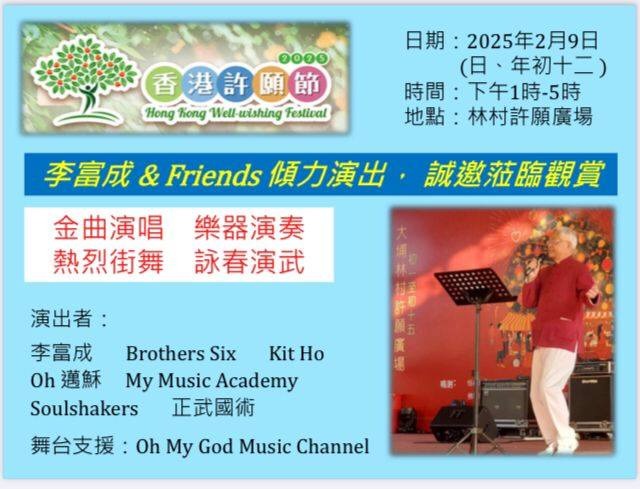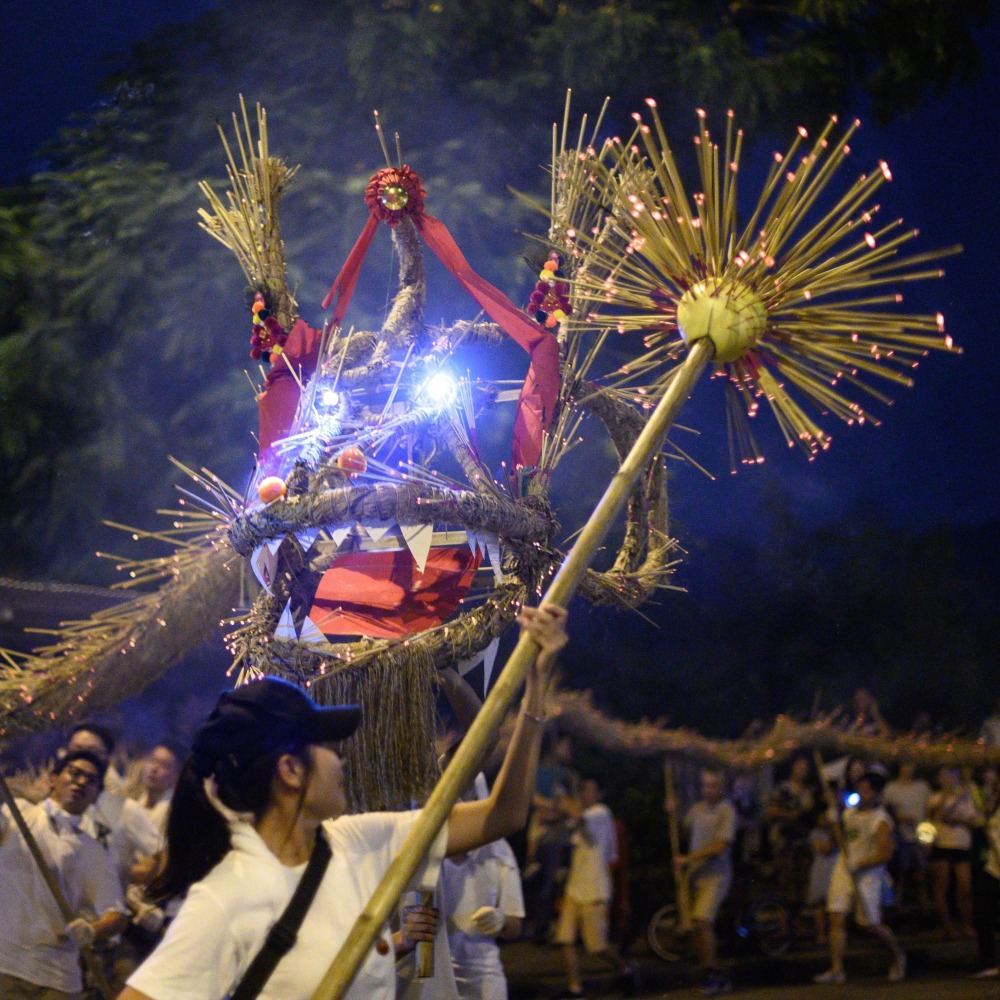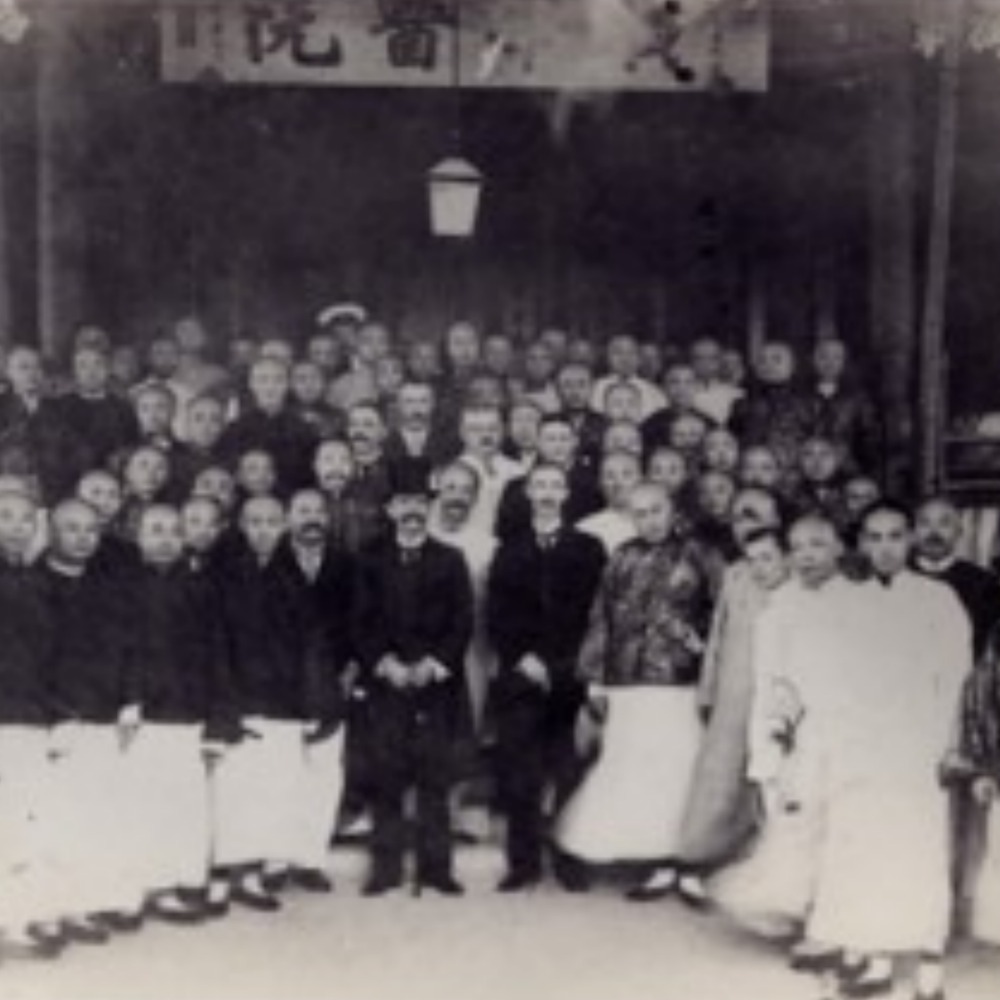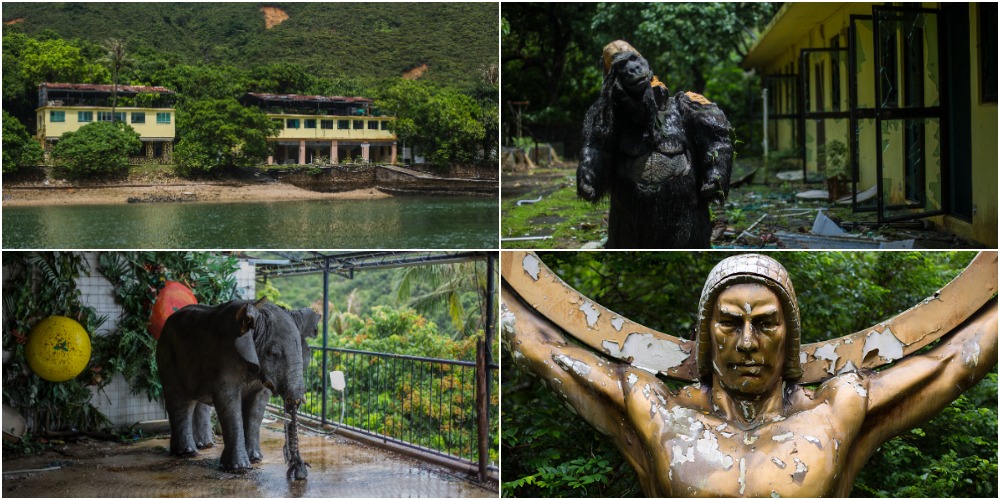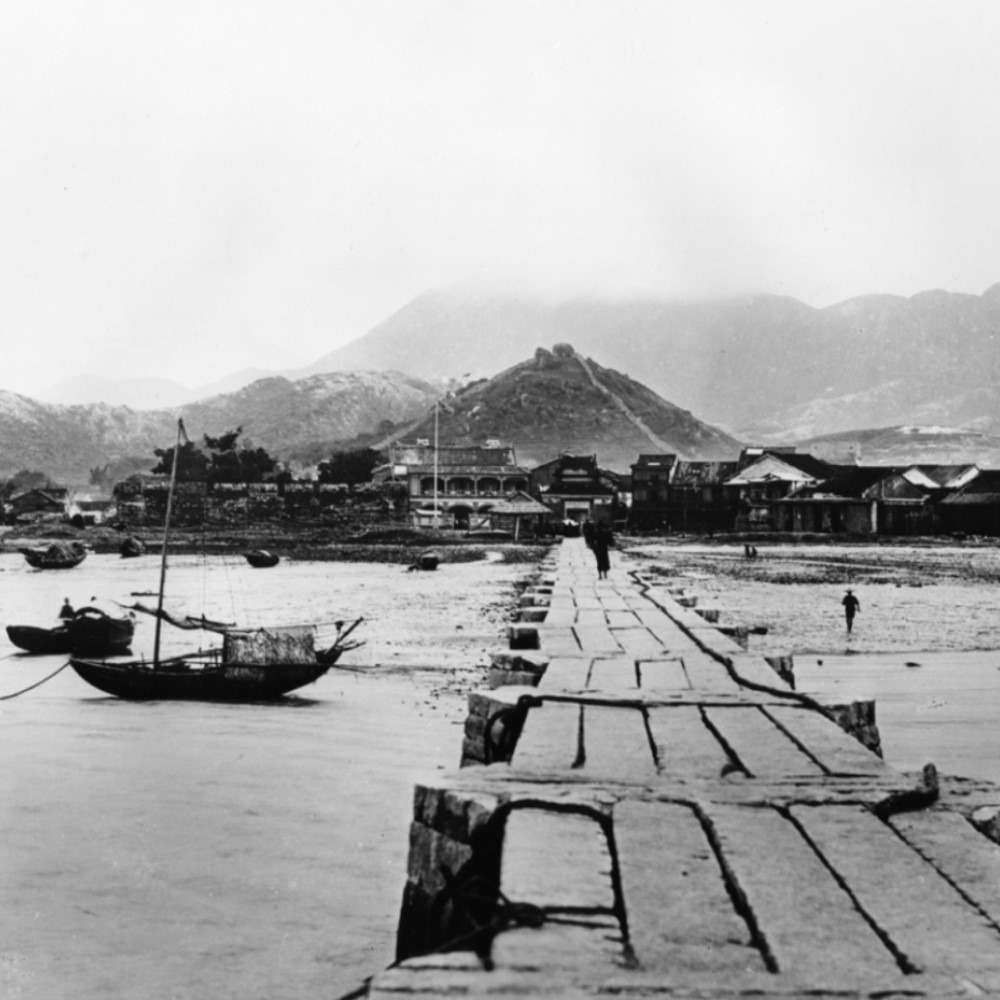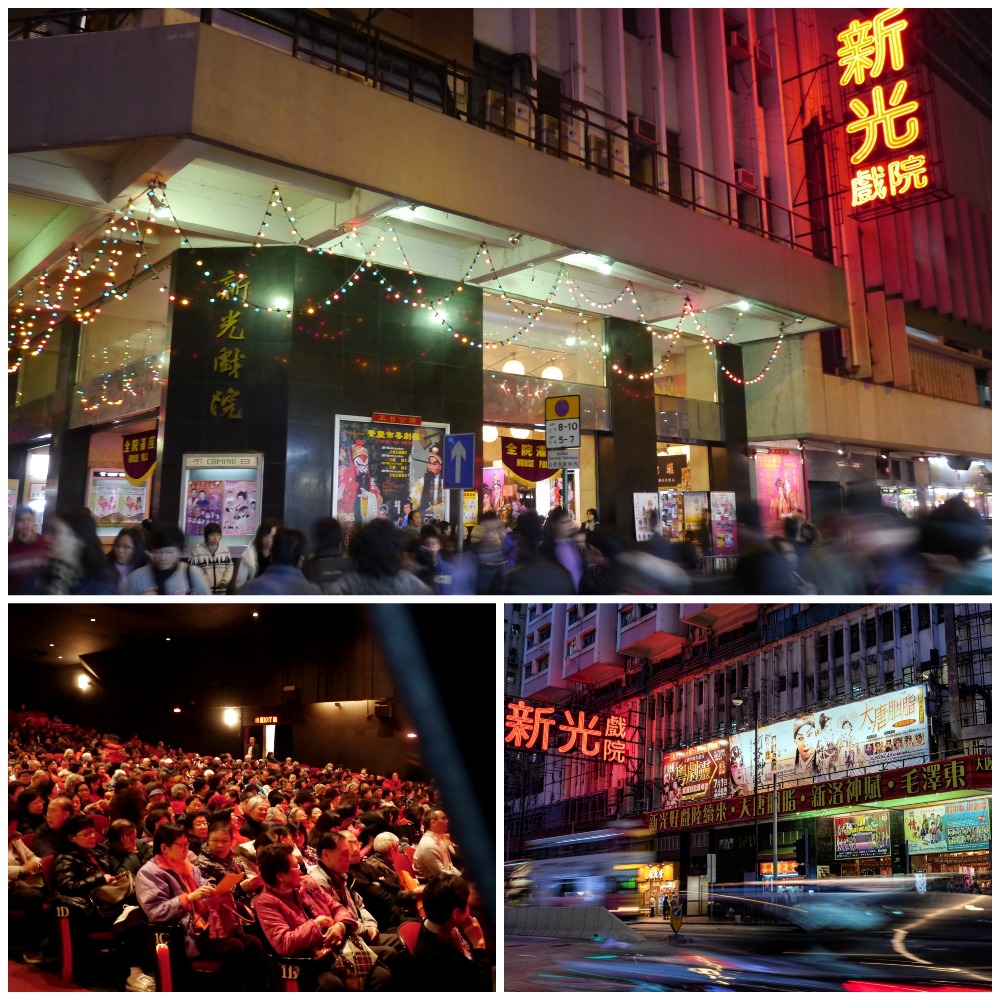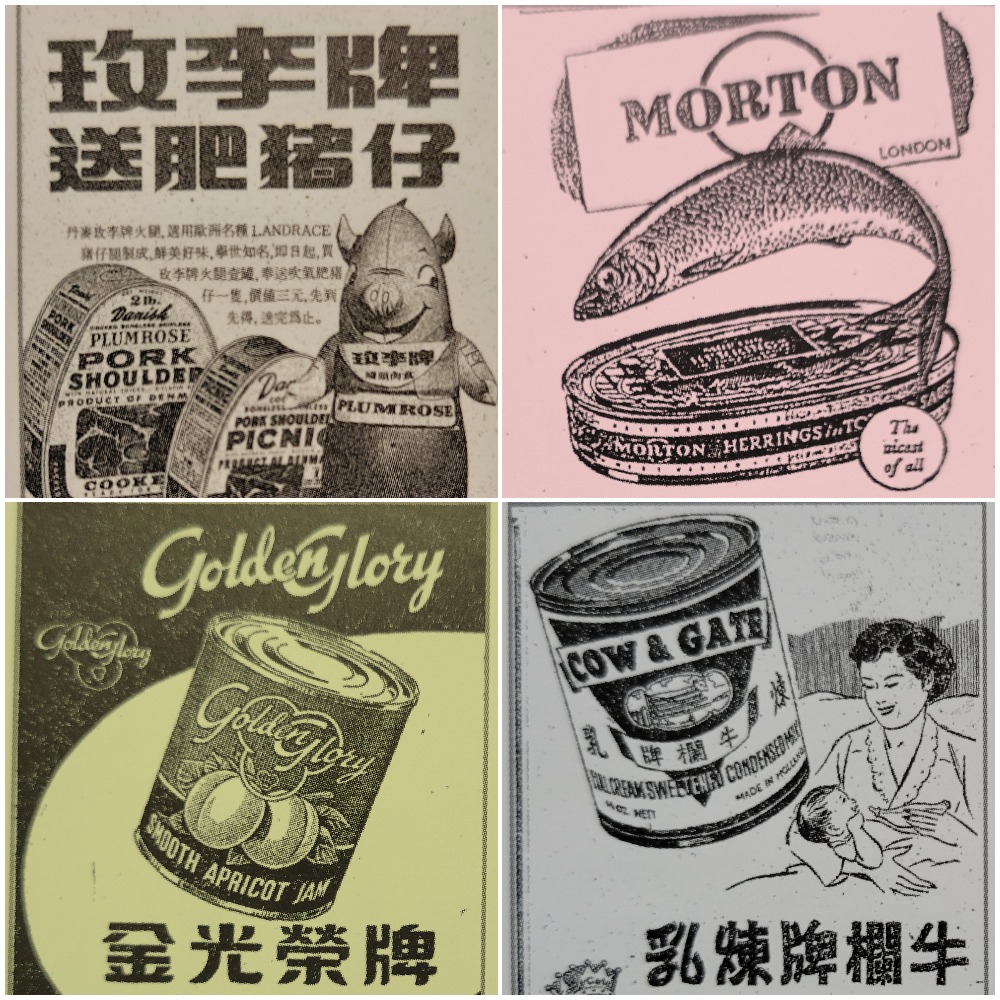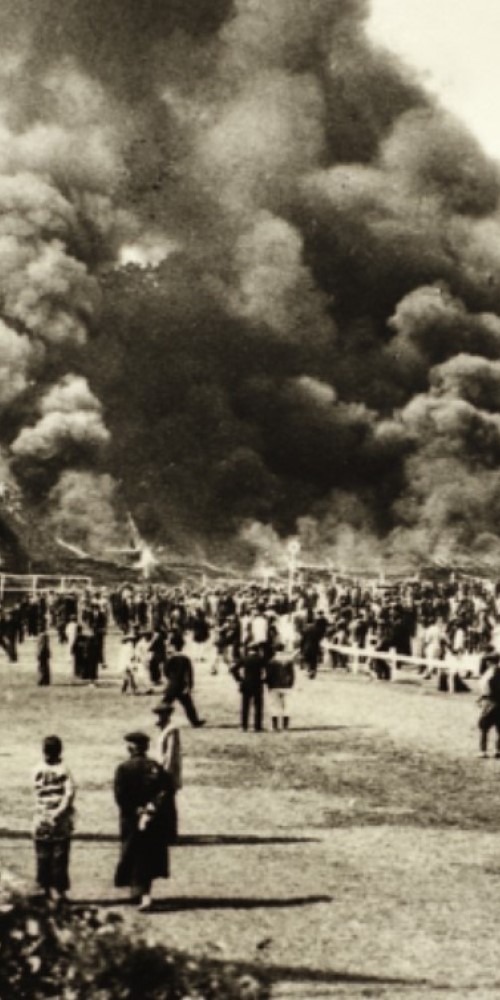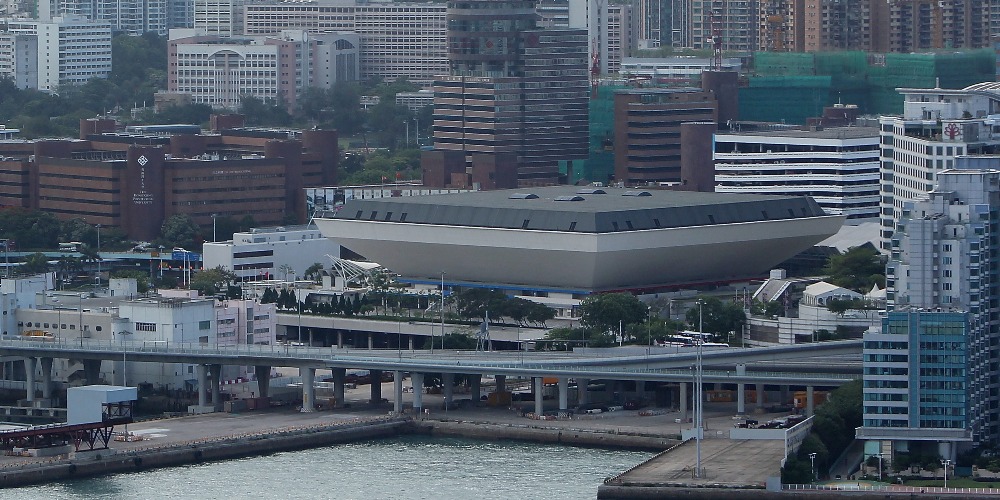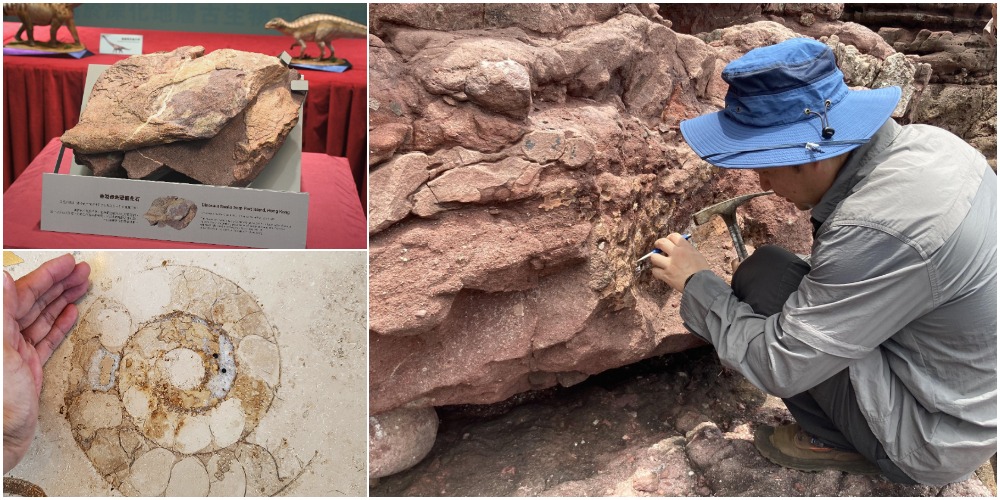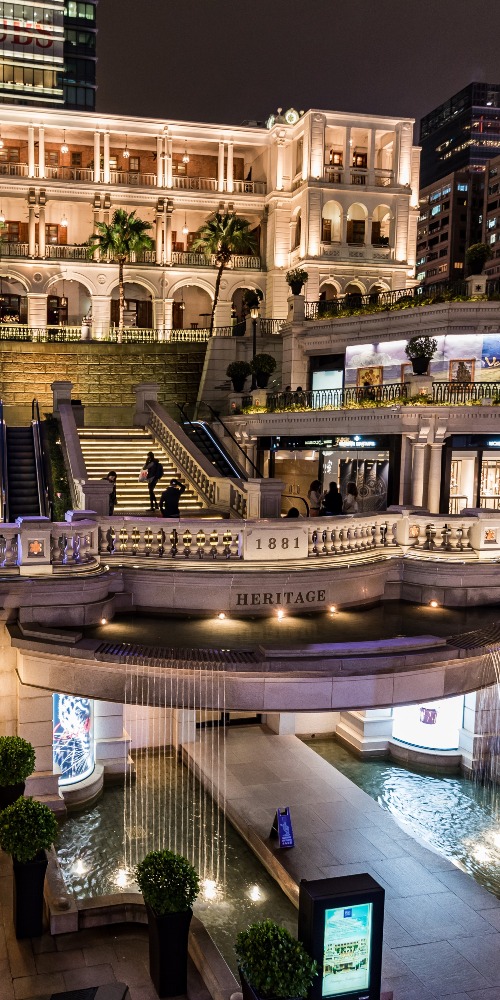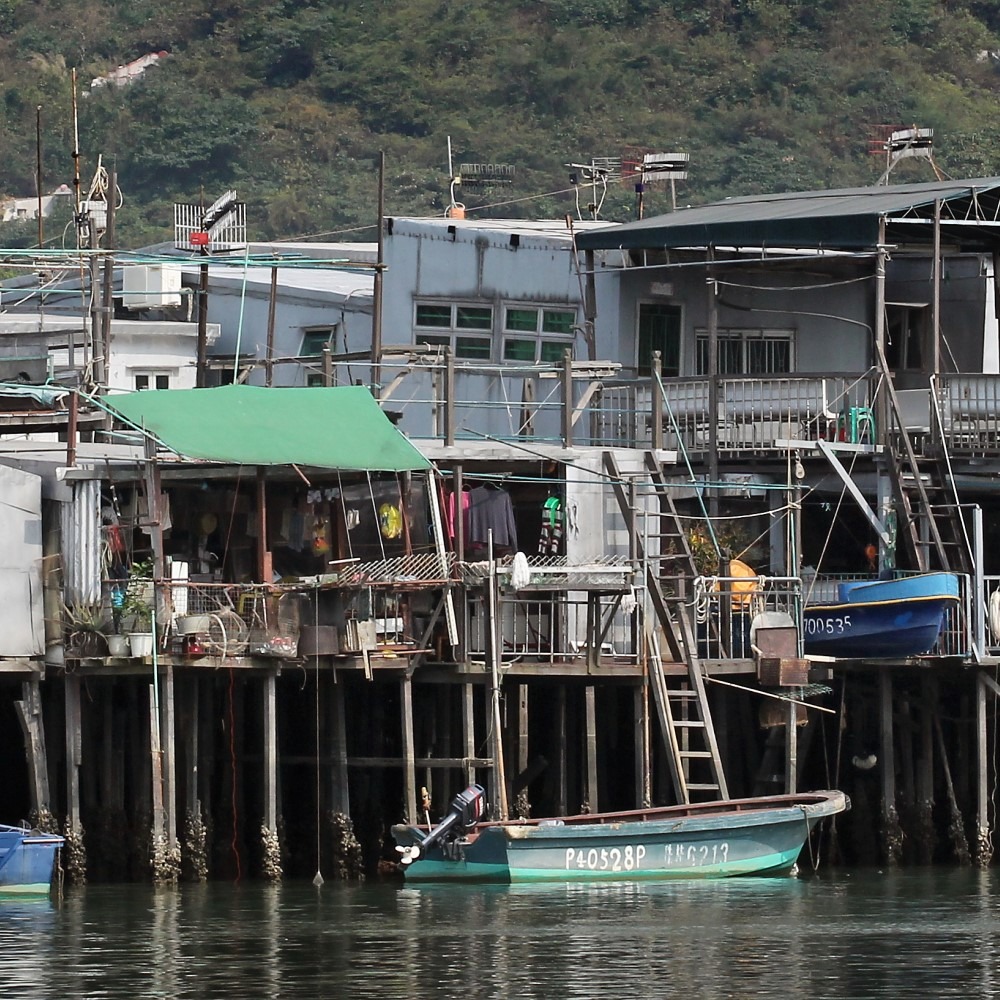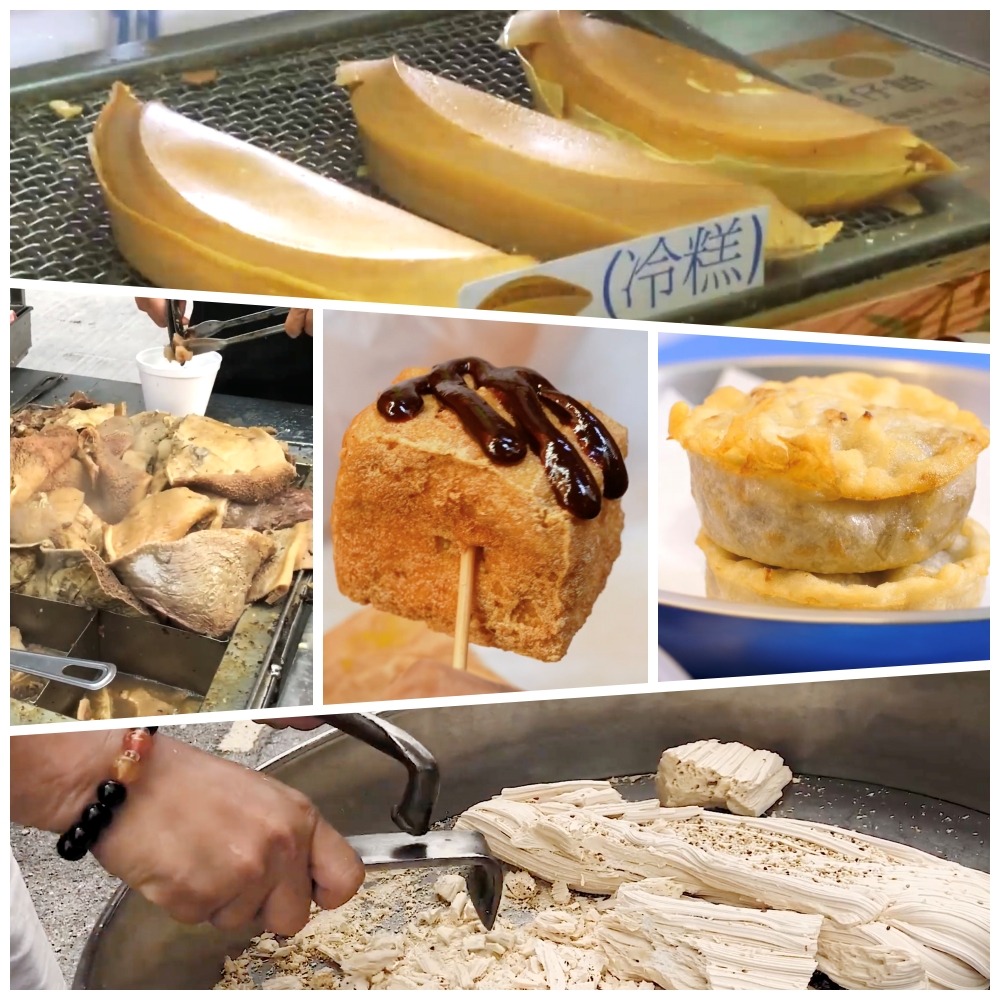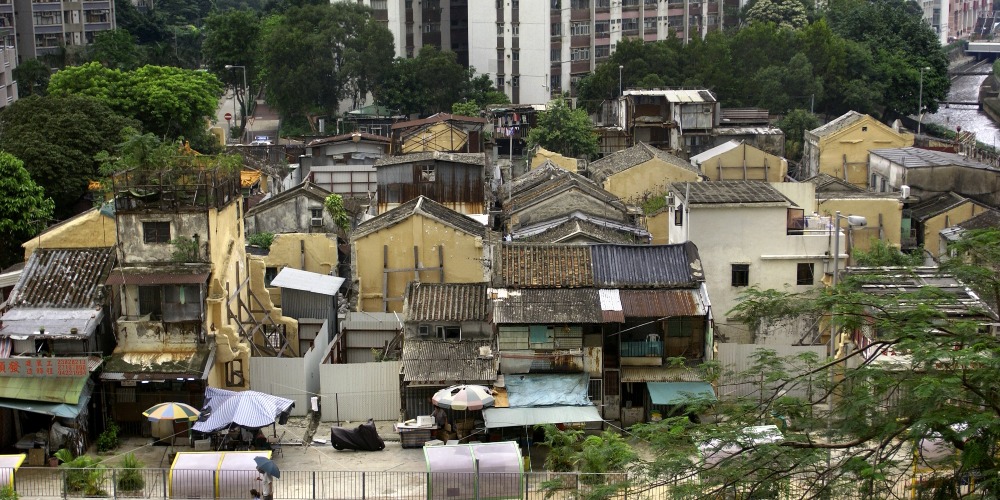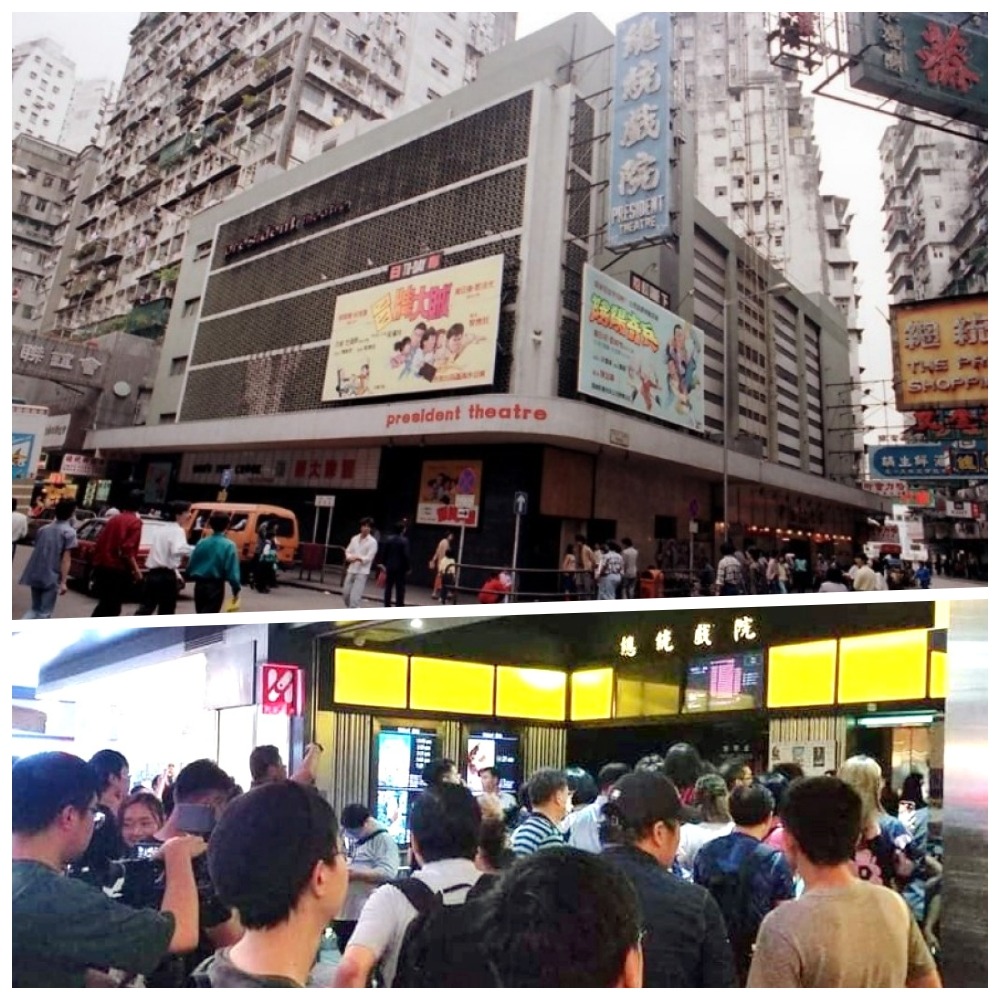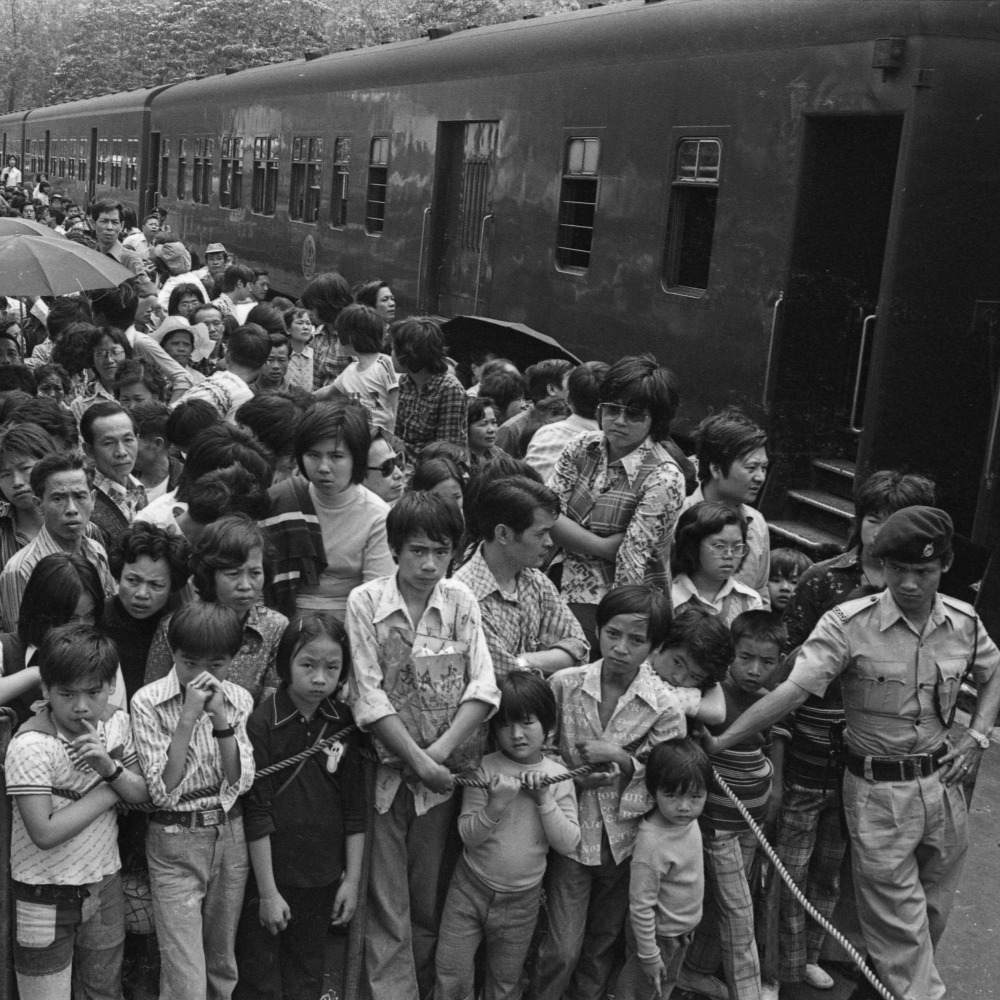Published : 2025-02-04
As the Year of the Snake begins, have you made any wishes for the new year?
Apart from going to the Wong Tai Sin Temple to offer the first incense or Che Kung Temple to draw lots and spin the windmill, another popular New Year blessing spot in Hong Kong is the Wishing Square (許願廣場) in Lam Tsuen Fong Ma Po (林村放馬莆), Tai Po.
The Hong Kong Well-Wishing Festiva l (香港許願節) is currently being held there, where you can throw wishing placard (拋寶牒) to make wishes, participate in the Lunar New Year market, play booth games, and visit the colourful float exhibition.
The story of Lam Tsuen begins with two large banyan trees that served as a place for villagers to pray and make wishes. Over time, this tradition evolved into the Well-Wishing Festival held annually from the first to the fifteenth day of the Lunar New Year. What is the story behind this development?
Wishing Tree in Lam Tsuen was known as the "Incense Tree"
When mentioning Lam Tsuen, people in Hong Kong might naturally thinks of the Wishing Tree and also remember the unfortunate incident when one of its main branches collapsed due to being overloaded in 2005.
For a time, the authorities prohibited people from throwing wishing placard onto the tree, and everyone thought the Wishing Tree no longer existed...
The collapsed hundred-year-old banyan tree is said to be the third generation of the Wishing Tree.
The first generation of the Wishing Tree was a large camphor tree next to the Tin Hau Temple in Lam Tsuen, which later encountered a fire and was replaced by the second-generation Bauhinia, but it was also burned down.
Subsequently, the villagers began worshipping the hundred-year-old banyan tree. Not long after, another small banyan tree was transplanted into the village. Hence, Lam Tsuen had two Wishing Trees.
Both Wishing Trees can be used for wishing, but it is said they have different functions.
The small banyan tree is for praying for children and marriage, while the large banyan tree is for praying for career, home, wealth, health, and academics.
The two Wishing Trees have always been regarded as deities by the villagers, who would burn incense and paper offerings at the base of the large banyan tree to make wishes, thus it is also called the "Incense Tree".
Blessing activities in Lam Tsuen turned into throwing placard
Why did the Wishing Tree blessing turn into the throwing wishing placard?
Throwing wishing placard to make a wish is a Taoist custom handed down. According to an interview with Chan Cho Leung (陳灶良), a former deputy chairman of the Lam Tsuen Village Office, many fishermen from Aberdeen in the past would come to Lam Tsuen to pray to Tin Hau.
At the same time, they would burn incense at the Tin Hau Temple and write their names and birthdates on wishing placard; then they would hang them on the tree next to the temple to make wishes, praying for abundant catches.
Because their wishes often came true, gradually more and more people were attracted, and the name of the Wishing Tree spread widely.
Although there was no specific tree in Lam Tsuen known as the "Wishing Tree," over time, the large banyan tree at the village entrance became identified as the "Wishing Tree."
The process of making wishing placard involves several steps.
First, the wisher writes their name, birthdate, and wish on the wishing placard, attaches offering ceremonial "paper" (衣紙), and then ties it to a heavy object, mostly a stone (later changed to an orange for safety reasons).
After performing a sincere prayer at the base of the large banyan tree, the individual tosses the weighted wishing placard towards the tree trunk.
If the wishing placard does not fall, it means the wish will come true; otherwise, you can throw it again until it successfully lands on the tree.
To increase the chances of successfully throwing wishing placard onto the Wishing Tree, a popular technique shared online involves rolling up the paper with the written wish inside.
The person then stands beneath the tree and throws the paper upwards from the bottom to the top. This method is believed to enhance the likelihood of the wish paper landing successfully on the tree.
Wishing Tree collapsed due to overload and throwing placard temporarily banned
Every year, many people would visit Lam Tsuen during the Lunar New Year holidays and throw wishing placard onto the Wishing Tree for blessings.
However, due to the popularity of the Wishing Tree, one of the main trunks of the tree collapsed on the fourth day of the Lunar New Year in 2005, reportedly because it was overwhelmed by the weight of the wishing placard.
Subsequently, the Special Administrative Region government ordered a ban on the throwing wishing placard activity, replacing it with wooden wishing racks for people to hang the wishing placard on.
In 2008, the Lam Tsuen Rural Committee (林村鄉公所) introduced a small-leafed banyan tree from Guangzhou as the new Wishing Tree, but wishing placard could still only be hung on the wishing racks after making a wish.
Lam Tsuen introduced plastic wishing tree
However, Hong Kong residents still have fond memories of the tradition of throwing wishing placard at the Lam Tsuen Wishing Tree.
In 2009, the Lam Tsuen Rural Committee introduced a plastic Wishing Tree about 15 feet tall and replaced the oranges tied to the joss paper with artificial oranges, allowing people to continue the tradition of throwing wishing placard to make wishes.
In 2013, the tradition of throwing wishing placard at the Lam Tsuen Wishing Tree evolved into the annual Hong Kong Well-Wishing Festival during the Lunar New Year.
In addition to making wishes by throwing wishing placard at the tree, people could also participate in the Lunar New Year market, wish night market, float parade exhibitions, food and game stalls, immersing themselves in a traditional festive activity with local characteristics.
Read more: Year of the Snake|4 must-see lantern festivals in Greater Bay Area
Read more: The largest Greater Bay Area Lantern Festival lights up in Nansha


